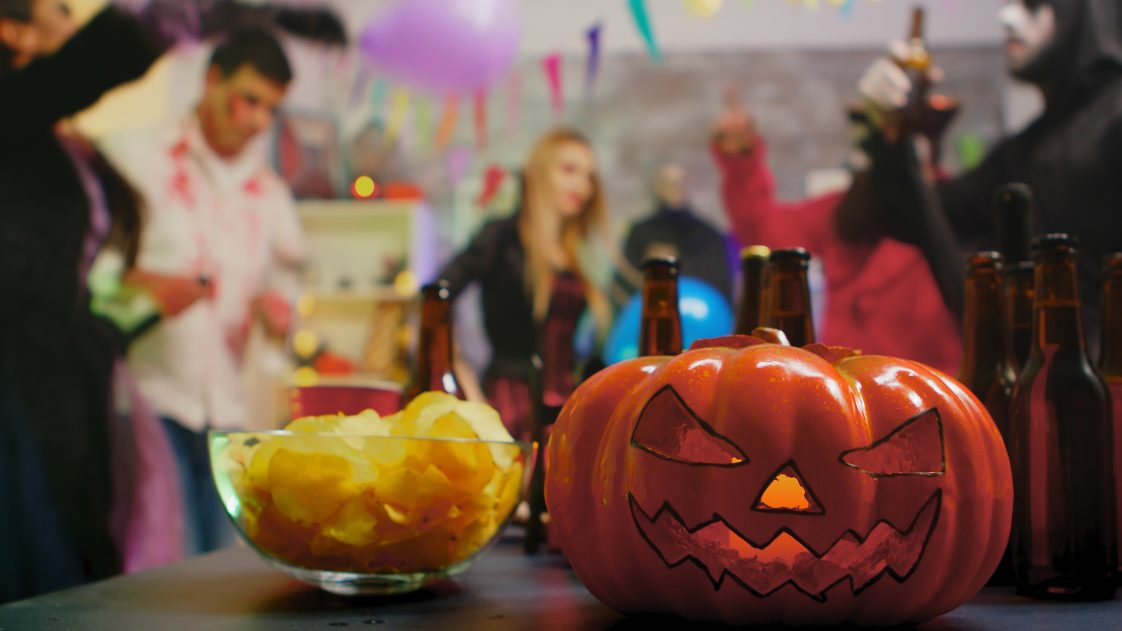Food Safety

Do not get tricked this Halloween by unwanted bacteria that can make you and your family sick. The following are several food safety tips that can help you avoid foodborne illnesses and have a happy Halloween.
Trick-or-Treating
- Do not eat snacks while trick-or-treating. Instead, children should give eat a snack or light meal before going out.
- Do not accept or eat anything that is not commercially wrapped. Discard any homemade treats unless it is from someone you know.
- Check children’s candy when they get home before they eat it.
- Inspect commercially wrapped treats for any signs of tampering, such as an unusual appearance or discoloration, tiny pinholes, or tears in wrappers. Throw away anything that looks suspicious or has open/torn wrapping.
Alternative Treats
Instead of candy, there are other alternative treats that you can give trick-or-treaters this Halloween. These can include low-fat crackers with cheese or peanut butter, packaged fruit leather, mini boxes of raisins, hot chocolate mix, and microwaveable popcorn.
Food for Halloween Parties
- When having food catered, work with a reputable caterer that has properly working chafing dishes to keep hot foods at a safe temperature of 140 degrees F or above.
- Any foods that have been cooked ahead of time, such as meatballs or chicken wings, and need to be reheated should be heated to 165 degrees F in a microwave oven.
- When serving fresh vegetables, wash them well before serving.
- Keep cold foods cold. Make sure there is plenty of room in your refrigerator to store cold food before, during, and after the party. The refrigerator should be 40 degrees F or cooler to prevent bacterial growth.
- If the refrigerator becomes too crowded, store and cool drinks in coolers with ice.
- If a refrigerator is not available, choose simple dishes that can be put in a cooler and filled with ice or frozen gel packages.
- If juice or cider is served to children, make sure it is pasteurized or otherwise treated to destroy harmful bacteria. Juice or cider that has not been treated will say so on the label.
More Information
For more information on this or other food safety topics, contact your county Extension office or the food safety and quality regional Extension agent that serves your area. Other food safety resources are available through the United States Department of Agriculture’s Food Safety and Inspection Service and the US Food and Drug Administration.

